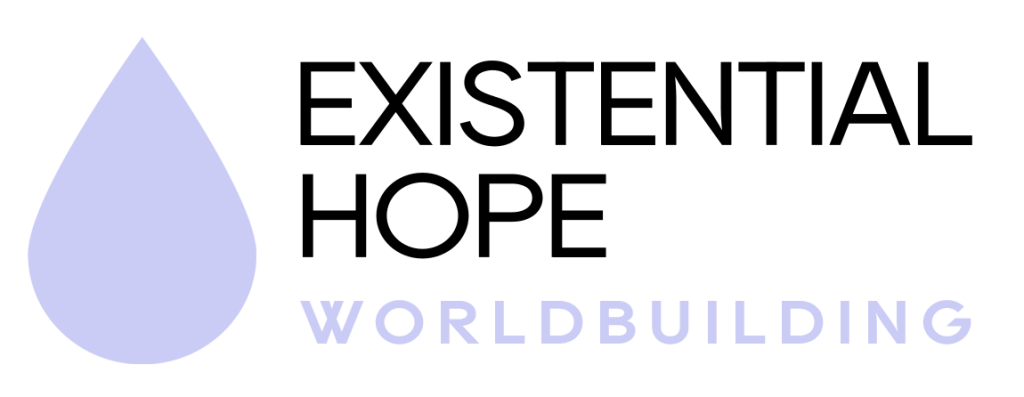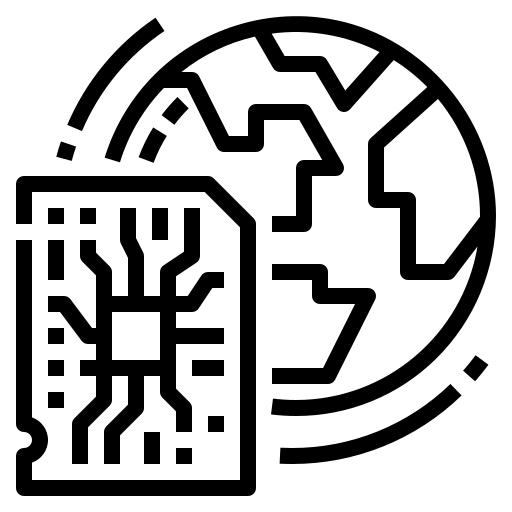Existential Hope Worldbuilding Course
TOOLBOX
Governance models
Description text if needed
Testing & monitoring
Mechanism
Description
Mandatory safety testing before deployment
Requiring any new system to pass rigorous safety evaluations (e.g., stress tests, controlled experiments) before being released publicly or used at scale.
Real-time performance monitoring
Continuously tracking a system’s behavior in production, watching for errors, anomalies, or performance drops to quickly mitigate risks.
Stress testing
Testing system resilience by simulating worst-case or high-stress situations (e.g., peak usage, random failures, extreme inputs) to ensure robustness.
Transparency tools
Mechanism
Description
Clear explanation requirements for AI decisions
Mandating that AI systems provide interpretable reasoning or rationale for outputs (e.g., “explainable AI”), ensuring users understand key factors.
Public documentation of training data
Publishing sources or datasets used in developing a system, allowing scrutiny of potential biases or harmful content in the training corpus.
Open source requirements for critical systems
Encouraging or requiring that core software components of essential infrastructure be open source, enabling independent audits and improvements.
Regular public reporting
Institutions produce transparent reports (metrics, findings, usage data) on their technology’s performance, social impact, or security posture.
Rights & access frameworks
Mechanism
Description
Universal access guarantees
Policies ensuring that essential digital services (e.g., AI healthcare diagnostics) are available to all, regardless of income or location.
Data privacy controls
Providing users with robust means to see, correct, or delete personal data collected by tech systems, respecting individual sovereignty over personal information.
Opt-out options
Allowing people to refuse certain technologies or data processing practices without losing access to critical services.
Oversight systems
Mechanism
Description
Independent review boards
Panels of neutral experts (often academics or ethicists) who regularly audit major deployments, checking compliance with safety, ethics, or regulatory standards.
International monitoring bodies
Multinational organizations that track technology usage globally, coordinating responses to cross-border threats or unethical practices.
Citizen advisory panels
Community or layperson groups involved in decision-making, bringing public values and diverse perspectives into high-level policy or corporate strategies.
Expert review committees
Specialized committees of professionals (engineers, doctors, ethicists) who approve or deny risky tech applications, akin to institutional review boards (IRBs).
Whistleblower protection systems
Legal and policy frameworks safeguarding individuals who report illegal or unethical activity from retaliation.
Standards & certification
Mechanism
Description
Safety certification requirements
Mandated certifications (akin to FDA approval) indicating a tech or product meets minimal safety standards before going to market.
Ethical guidelines enforcement
Turning soft guidelines (like internal codes of conduct) into enforceable rules via audits, penalties, or license revocations.
Regular recertification processes
Periodic re-examination of certified systems or professionals to confirm they remain up to standard as technologies evolve.
Industry-specific standards
Customized regulations for fields like healthcare AI, autonomous vehicles, or financial algorithms, addressing domain-specific needs and risks.
Collaborative mechanisms
Mechanism
Description
International research sharing
Global open-access initiatives to exchange findings—e.g., data sets, source code, best practices—to accelerate safe innovation and reduce redundant efforts.
Public-private partnerships
Joint ventures between government agencies and private companies to tackle large-scale, societally impactful projects (like pandemic response or climate tech).
Open innovation platforms
Online or hybrid forums for crowdsourcing ideas, solutions, and prototypes, inviting experts and amateurs to collaborate on tech challenges.
Global coordination bodies
Formal institutions (e.g., a new “Tech UN”) that coordinate policy and standards across nations, ensuring consistent rules for advanced technologies.
Cross-sector working groups
Teams that unite academics, companies, nonprofits, and public representatives to address cross-cutting issues (security, ethics, interoperability).
Community feedback systems
Mechanisms (e.g., citizen review portals, online consultations) that let end-users give direct input on policy, design, or deployment of emerging tech solutions.
Decentralized & tech-enabled governance
Mechanism
Description
Decentralized Autonomous Organizations (DAOs)
Blockchain-based entities with programmable rules and token-based voting for collective decision-making without centralized leadership.
Zero-knowledge proofs & secure multiparty computation
Enable privacy-preserving audits or decisions without disclosing sensitive data.
Decentralized identity (DID) systems
Let individuals control their digital identities without relying on centralized authorities.
Token-based governance or reputation systems
Voting and decision systems where input is weighted by stake, reputation, or past contributions.
Open model/algorithm repositories
Public access to powerful models for transparency, remixing, and community oversight.
Bug bounty & red-teaming ecosystems
Community-led security testing and incentive-driven vulnerability discovery.
Federated learning & edge computing
Distributes AI training across devices without centralizing user data.
IPFS & decentralized storage
Peer-to-peer, censorship-resistant data hosting alternatives.
Prediction markets for risk forecasting
Collective intelligence tools to estimate and hedge risks in tech deployment.
Peer-to-peer trust webs
Community-driven validation systems for actors or information—used in decentralized platforms.



